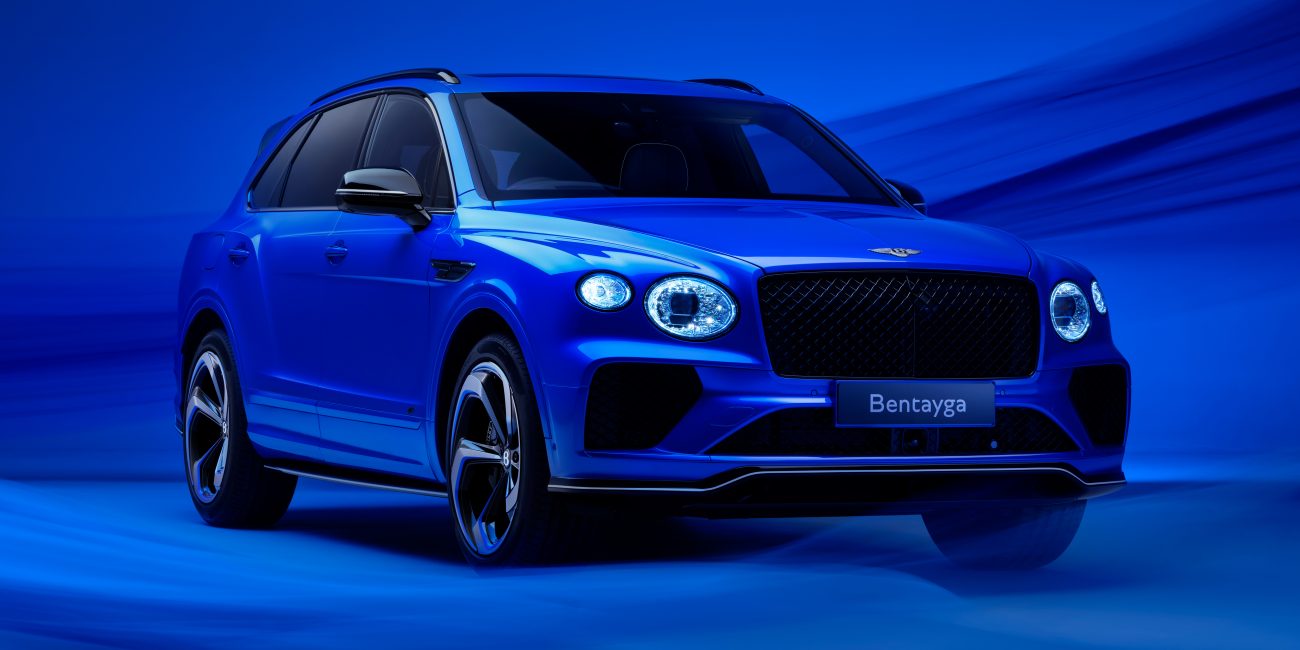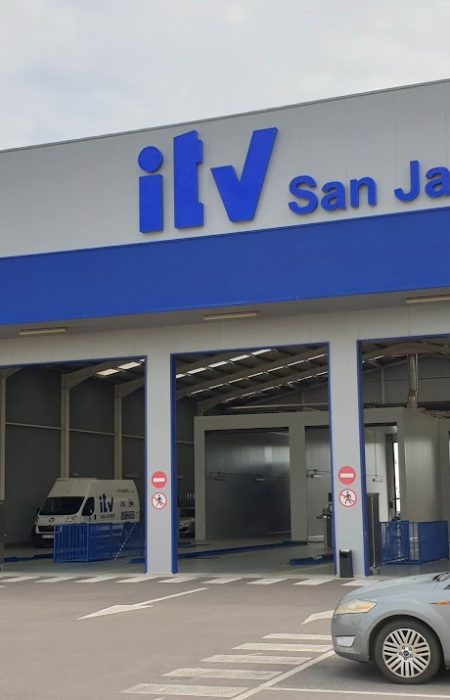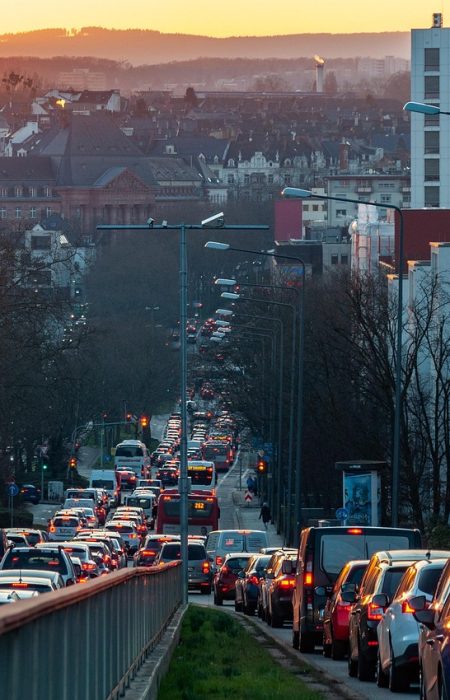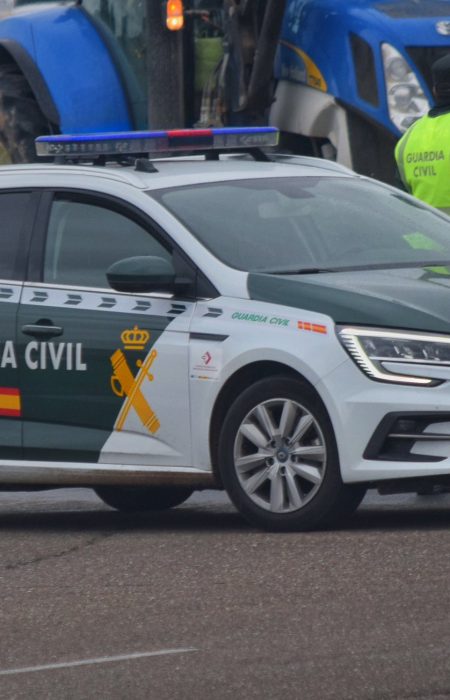- Fashion designer, Supriya Lele, has created a new bespoke colour, Nīla Blue, inspired by her Indian heritage
- Nīla Blue draws its name from the Sanskrit word for “sapphire” and represents a seamless blend of personal history and artisanal craft
- To showcase Nīla Blue, Supriya co-created a one-of-one specification, working with Mulliner designers to explore the possibilities of personalisation through bespoke finishes
- A Bespoke Bentayga S provides a canvas for Nila Blue exterior paintwork with pinstripes to the 22” sports wheels
- Nīla Blue is as an example of how Mulliner can create unique colours from client’s aspirations through bespoke craftsmanship
- Nila Blue is available to customers exclusively via the Mulliner Bespoke Studio. Enquiries can be made through Bentley retailers
Bentley Motors is proud to announce the continuation of its creative collaboration with acclaimed British fashion designer, Supriya Lele, unveiling a new bespoke colour, Nīla Blue, which will be available exclusively to Mulliner customers. Deeply inspired by Lele’s Indian heritage, Nīla Blue draws its name from the Sanskrit word for “sapphire” and represents a seamless blend of personal history and artisanal craft. This distinctive hue, infused with personal and cultural significance, represents the seamless fusion of automotive luxury and high fashion, reflecting the ultimate in craftsmanship, innovation, and personalised expression.
Bentley Mulliner is renowned for its ability to craft virtually any colour imaginable. Whether inspired by the world of fashion, art, or personal memory, Mulliner’s artisans work closely with each client to develop bespoke paints that reflect individual vision and style. Nīla Blue stands as an example of how Mulliner can create something wholly unique, translating a client’s aspirations into a lasting expression of craftsmanship.
Known for her sensual, delicately crafted, and body-celebrating silhouettes, Lele has always been inspired by the colour blue, a shade she frequently uses in her fashion collections. Her connection to the colour is rooted in her Indian heritage and further influenced by William Gass’s 1976 philosophical treatise ‘On Blue,’ which explores the symbolic significance of blue in relation to themes of sex, sleaze, and sadness. This bespoke hue, subtle yet distinctive, echoes the sense of luxurious restraint and enduring elegance that defines both her collections and Mulliner’s design philosophy.
To showcase Nīla Blue, Supriya co-created a one-of-one specification, working with Mulliner designers to explore the possibilities of personalisation through bespoke finishes. A bespoke Bentayga S provides a stunning canvas, to display the uniquely commissioned Nila Blue. The lower brightware has been matched with the rest of the exterior paintwork and using the freshly commissioned blue, a pinstripe has been added to the 22” sports style wheels. A bright Mulliner White accent to the carbon fibre bodykit provides a contrast that is echoed through to the interior. The interior includes a multitude of bespoke features, from the satin black Naim audio speaker grilles to the open pore black stained crown cut walnut veneers, all bordered by the Nila Blue edging. This exclusive edition embodies the bold and elevated confidence that defines Lele’s fashion work, featuring luxurious and experimental fabrication that evolves the fluid silhouettes synonymous with her label.
Supriya Lele, commented: “Creating the colour for Bentley has been an exciting and special experience. Colour plays a key role in both my practice and brand identity. This shade of blue feels distinctive yet subtle, slightly different from the usual. It’s this nuanced difference—the inability to exactly define it—that I love about creativity. I incorporate this subtlety into my work, so collaborating with Bentley to bring this unique color to life using my own references and brand has been truly rewarding.”
David Parker, Chief Commercial Officer at Mulliner, commented: “The Bentley Mulliner Bespoke Studio continues to push the boundaries of what is possible. This collaboration invites customers to explore a world where the only limits are those of the imagination. Nīla Blue is an expression of subtlety and depth, a tone that reflects both Supriya’s artistic vision and Mulliner’s expertise in crafting the finest bespoke finishes. It is a hue that speaks to the discerning tastes of those who appreciate quiet luxury.”
Nila Blue is available to customers exclusively via the Mulliner Bespoke Studio. Enquiries can be made through Bentley retailers.









No Comment! Be the first one.